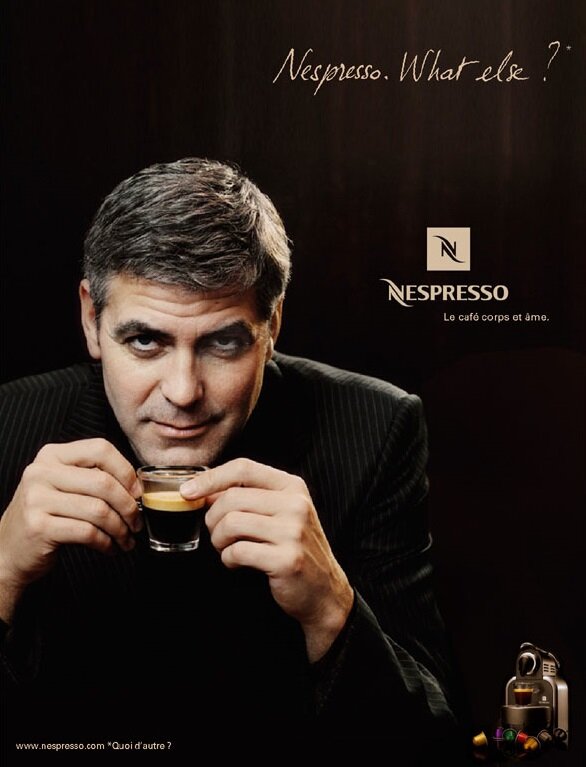Using rhetorical devices to turn your copy up to eleven
Image credit: Pixabay
Rhetoric is the art of ruling the minds of men. At least that’s what famous philosopher, Plato, once said.
And who are we to argue?
Some of the most compelling speeches, plays, and poems have been constructed using rhetoric—the art of persuasion using literary techniques within speech or the written word.
In plain English that means getting funky with your word jams.
Teaming rhetoric with marketing copy is like firing deadly cobras out of a cannon; it’s creative and will get you some damn surprising results if you take the time to figure out how to do it.
Here are five easy rhetorical techniques you can use in your next copy task.
Image via Pinterest
Alliteration
Alliteration is as pleasurable to say as it is to read. For example:
Peter Piper picked a pack of pickled peppers.
By starting every word with the same letter, they trip off the tongue delightfully and are easy to remember.
Obviously Peter is a rather extreme example — try toning it down like so: “super-size your savings” or “Click and Collect”.
Tricolon
A Tricolon, also known as the ‘rule of three’, is the act of listing three things out.
Why three?
Two items are usually thought of as a pair or are compared to one another. Four is just silly. No one has room for four.
Three is your main man: “live, laugh, love”, “bigger, better, stronger” (ironically, those are also examples of alliteration).
Personification
Personification is the name given to the technique of talking about something as though it’s alive, when really it isn’t.
Image via Edible Geography
Have you ever picked anything up in a supermarket and examined the packaging, only to have it tell you: “Eat me while I’m fresh” or “I’m only 122 calories”?
This is an example of a packaging designer and copywriter teaming up to bring their product to life in the eyes of the consumer.
It gives a nice personal feel to content and is starting to become popular with younger companies.
And personification likes being popular.
Aposiopesis
Aposiopesis sounds complicated, but you’ve probably done it without realising.
Every time you use an ellipsis to cause tension or intrigue, you’ve used aposiopesis.
Like this…
No really. That was it.
Using aposiopesis makes the reader wonder what’s coming next. It hints at something more and draws them further into the text.
You hold your breath and wait for it.
It scores highly for kicking up the curiosity factor, and curiosity most certainly didn’t kill the conversion.
Image via ThingLink
Rhetorical questions
An obvious one to add to the list and another technique that I just can’t seem to stay away from.
Rhetorical questions are questions that don’t need an answer, usually because the answer is obvious.
Like this Nespresso ad, for example.
They don’t literally want you to tell them what else there is on the market, they’re just relishing in the self-satisfaction that there can be nothing better.








